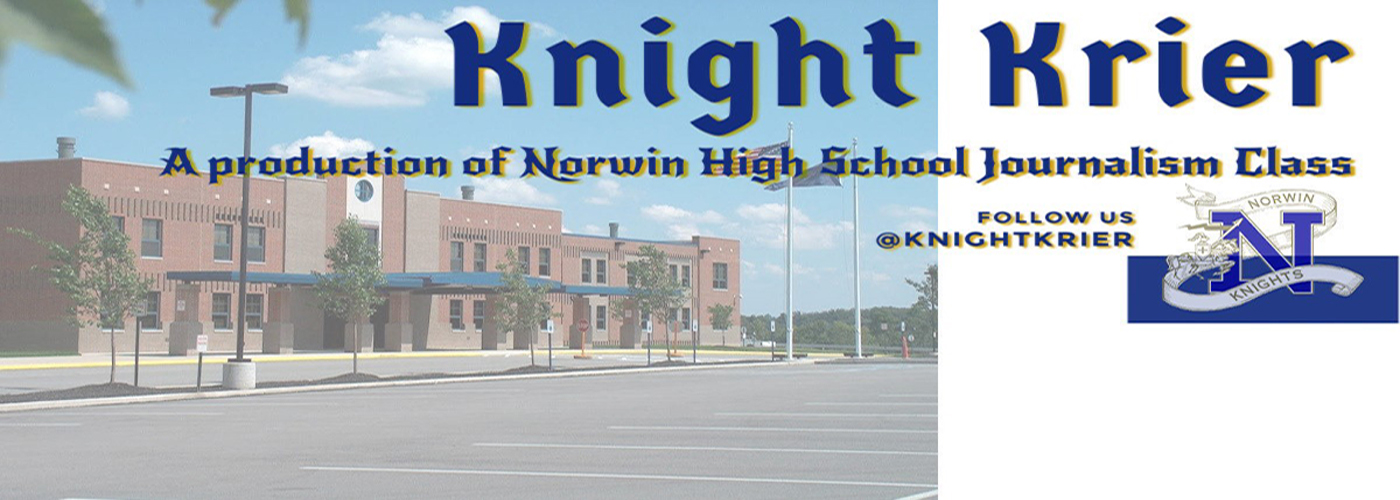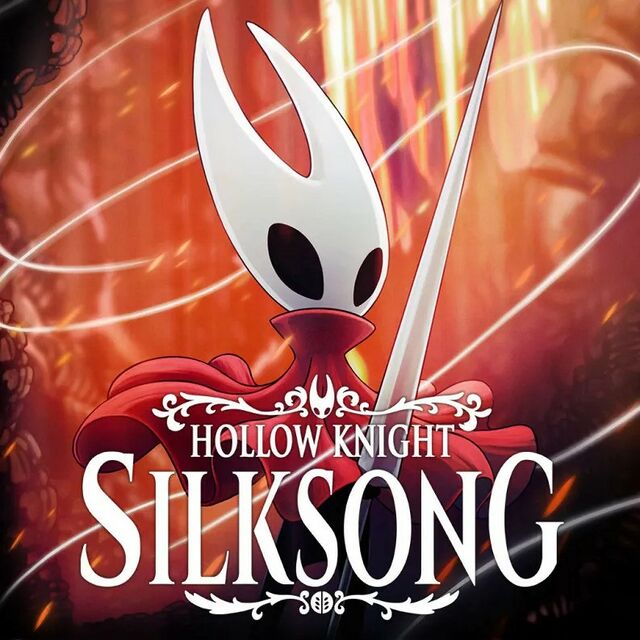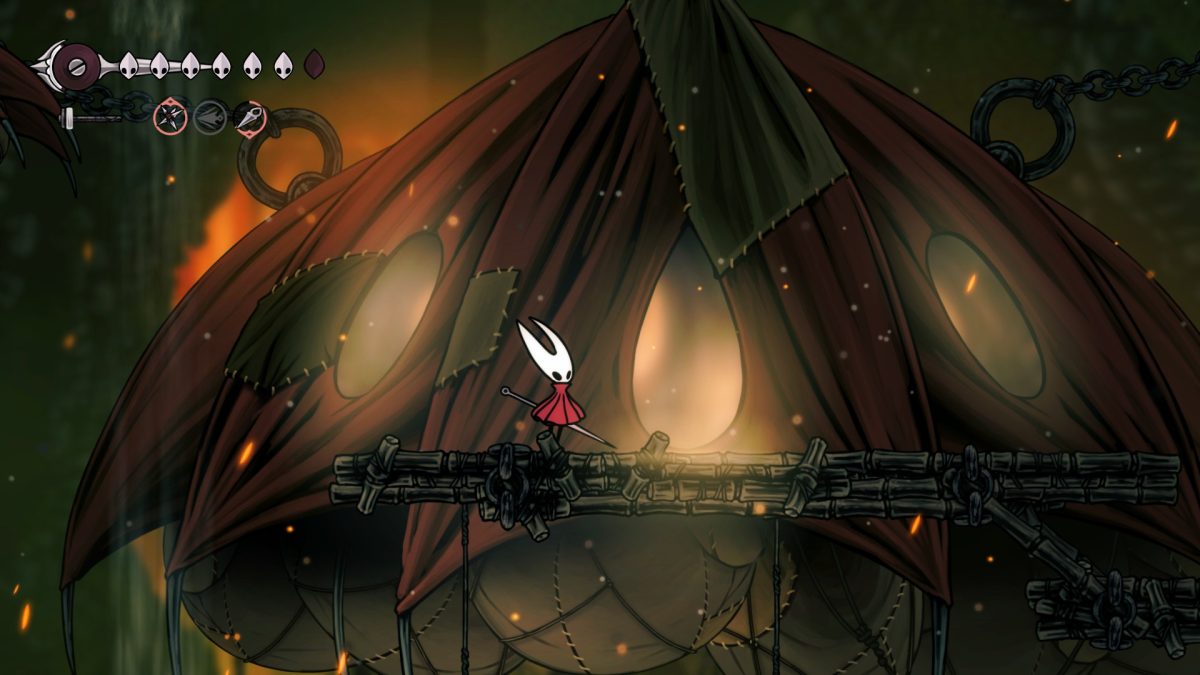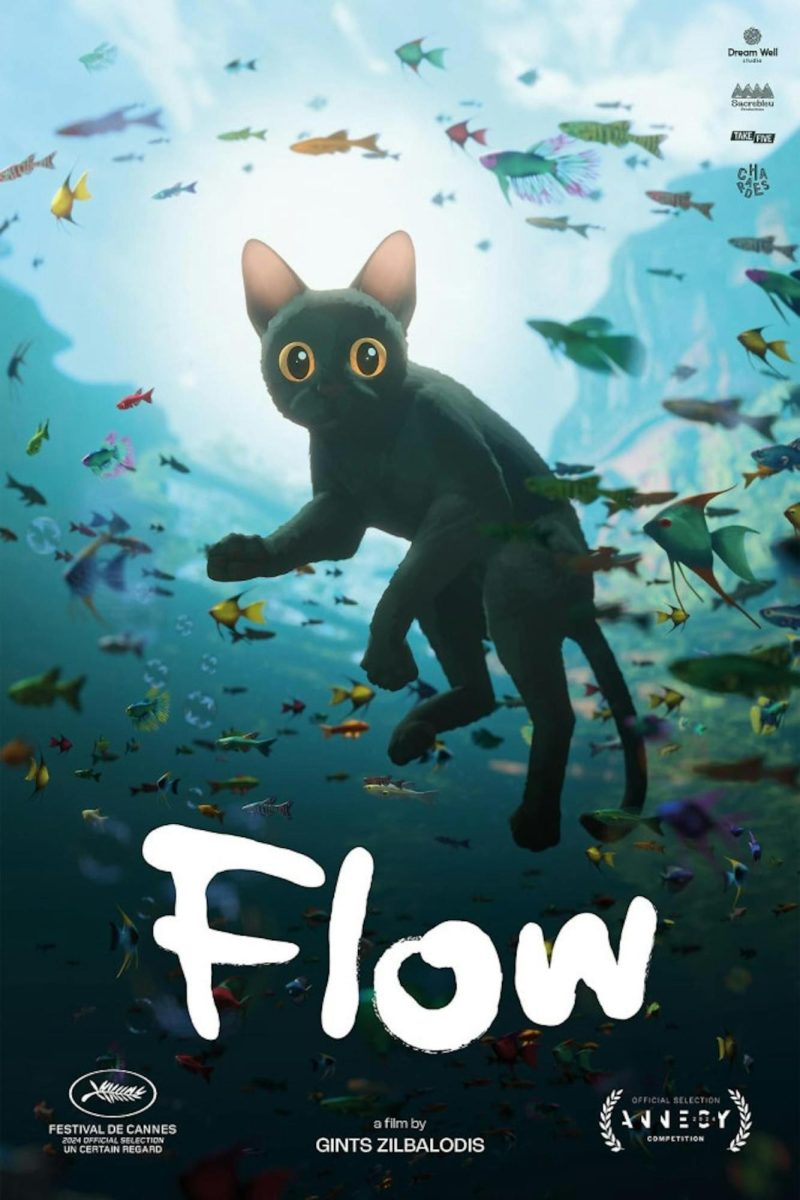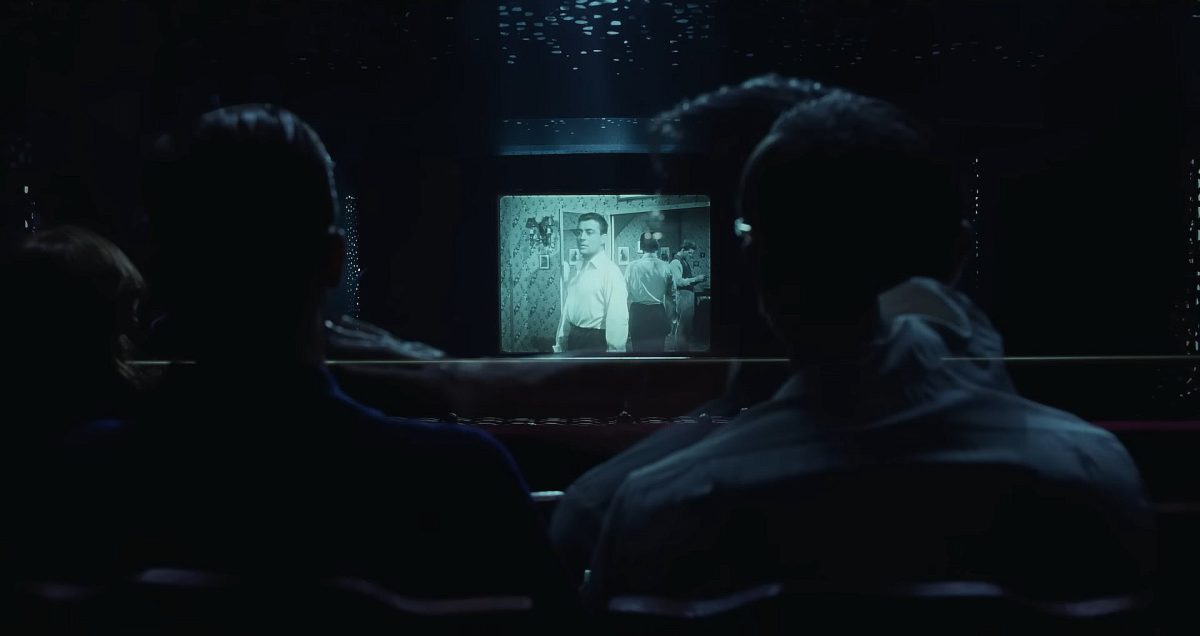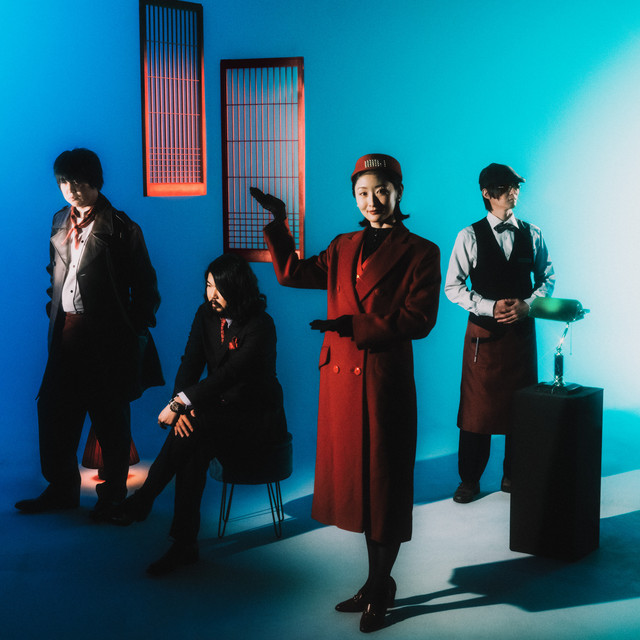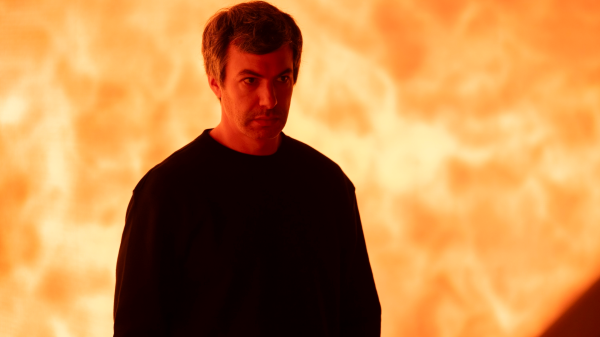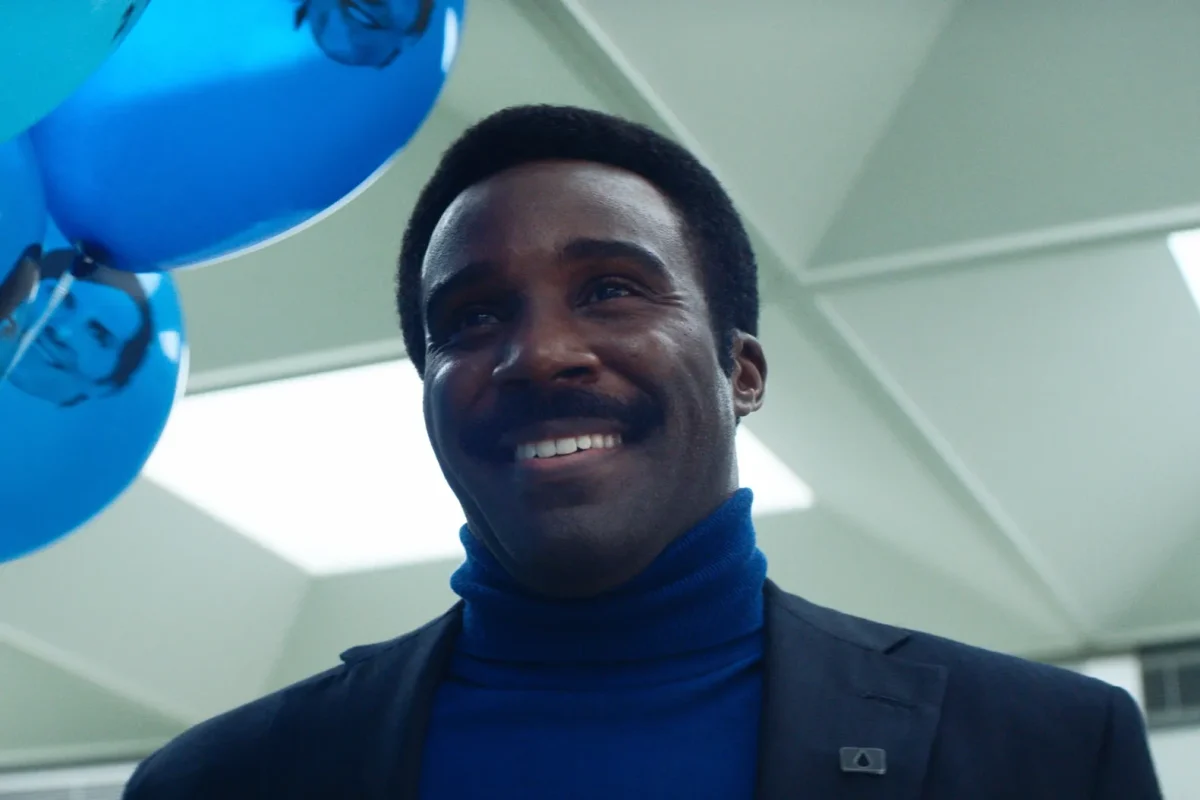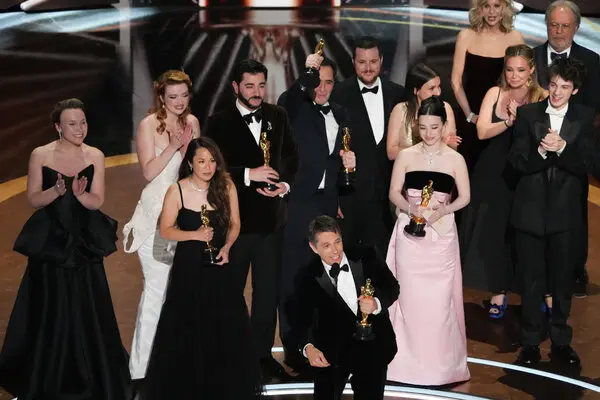Hollow Knight: Silk Song is the very long (7 years long)-awaited sequel to the hit indie Metroidvania, Hollow Knight. The creators of both (Team Cherry) consist of only three members: Ari Gibson, William Pellen, and Jack Vine. Despite how small the team is, they’ve made an enormous impact on the gaming scene- with Hollow Knight being a beloved game by many, including myself. They have done it again, Hollow Knight: Silk Song is one of the best and hardest games I’ve ever played.
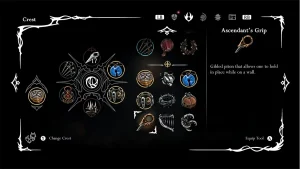 One of the best parts of Hollow Knight was the freedom you were given. While Silk Song is a lot more streamlined than Hollow Knight in terms of map progression, I can assure you that in all other respects Silk Song is even more freeing than its predecessor. The new badge system, while initially appearing very limiting, is very high on choice, dedicating slots to individual types of badges allows you to freely keep your quality-of-life badges on without needing to give up combat viability. To that end, there is now dedicated alternative weapon badge slots. While the default controls to use these new alternate weapons are a bit clunky, all of them are incredibly fun to use and can completely change how you go about combat. Despite all that good, I will say the in-game paid checkpoint system, while I like it in concept, it’s quite awful in practice. Mainly, the placement of the paid checkpoints is what makes them so annoying; a lot of them are placed shortly after a boss fight, which is quite an issue- as if you die twice in a row without collecting your money, you lose it all.
One of the best parts of Hollow Knight was the freedom you were given. While Silk Song is a lot more streamlined than Hollow Knight in terms of map progression, I can assure you that in all other respects Silk Song is even more freeing than its predecessor. The new badge system, while initially appearing very limiting, is very high on choice, dedicating slots to individual types of badges allows you to freely keep your quality-of-life badges on without needing to give up combat viability. To that end, there is now dedicated alternative weapon badge slots. While the default controls to use these new alternate weapons are a bit clunky, all of them are incredibly fun to use and can completely change how you go about combat. Despite all that good, I will say the in-game paid checkpoint system, while I like it in concept, it’s quite awful in practice. Mainly, the placement of the paid checkpoints is what makes them so annoying; a lot of them are placed shortly after a boss fight, which is quite an issue- as if you die twice in a row without collecting your money, you lose it all.
On the topic of combat and boss fights: For the most part, the combat has been significantly improved over the first game. It is perhaps the most fluid-feeling combat (on controller that is) that I’ve ever experienced. After each session, I needed to force myself to get off the game, even when I was lost or stuck, I still wanted to keep at it just because of how amazing the moment-to-moment gameplay felt. Of course, there is an exception to that. Some of the non-boss enemies have genuinely baffling design and placement that completely prevents you from engaging in said moment-to-moment gameplay. Thankfully, those enemies are not very common and/or have ways to completely skip them. The only thing that ever got on my nerves about the combat itself was that the I-frames (how long you are invincible after taking damage) are way too short. It is not only possible but very common to get hit multiple times in a row before being able to truly resume control over yourself. Coupled with the high damage of most enemies, it will usually result in a single mistake turning into death.
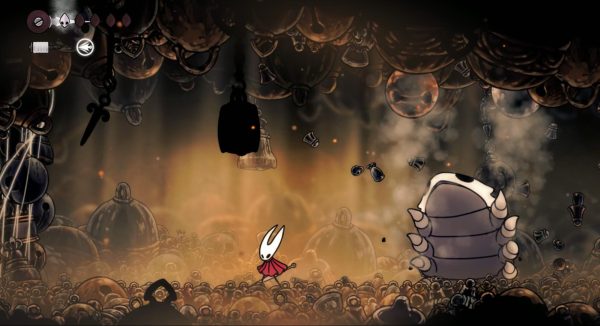 However, those annoyances are more than made up for by the boss fights. I can not possibly put into words just how fun the boss fights are. The process of learning and then executing on a boss’s attacks (almost) never feels unfair. You slowly get better and better at a boss until suddenly you’re capable of effortlessly dodging all of the attacks. You never feel like you just scraped by in a boss fight; you feel like you’ve mastered them. While Hollow Knight did have that feeling in some regards, once you get really good, the much lower difficulty of Hollow Knight allowed you to succeed on a first play-through, even if you barely understood the boss. The first boss of Hollow Knight, The False Knight, is very similar to the first boss of Silk Song, The Bell Beast- despite the similarities, the differences in legibility of boss attacks as well as pace are very immediately apparent. That’s not to say all bosses are perfect, however. One very particular boss made me want to quit, but other than that, the bosses were fun through and through.
However, those annoyances are more than made up for by the boss fights. I can not possibly put into words just how fun the boss fights are. The process of learning and then executing on a boss’s attacks (almost) never feels unfair. You slowly get better and better at a boss until suddenly you’re capable of effortlessly dodging all of the attacks. You never feel like you just scraped by in a boss fight; you feel like you’ve mastered them. While Hollow Knight did have that feeling in some regards, once you get really good, the much lower difficulty of Hollow Knight allowed you to succeed on a first play-through, even if you barely understood the boss. The first boss of Hollow Knight, The False Knight, is very similar to the first boss of Silk Song, The Bell Beast- despite the similarities, the differences in legibility of boss attacks as well as pace are very immediately apparent. That’s not to say all bosses are perfect, however. One very particular boss made me want to quit, but other than that, the bosses were fun through and through.
That’s something that I can’t say about the platforming, however. The platforming has some of the game’s highest highs and some of its lowest lows. This is where my bias shines through fully, though. I am well aware that most people like all of the platforming. I personally love every section that allows me to blitz through it, out-dashing and jumping every enemy. I hate when the game makes me stop to do careful, overly precise, slow, parkour right after or in the middle of my blitzing. Some may really like those segments, but I am not one of them. For me, the lows were so low that all I had in my notes for platforming was “rough.” I chose not to dwell on that too much, though, mainly because platforming isn’t the main focus of the game.
Like a Souls game, the main focus is on bosses and side quests, with the normal enemies and platforming meant more so to be fun filler to act as the vessel for that content, establish the world, and show off the art. The art of Silk Song is stunning. Every new area, every new enemy, boss, vendor, weapon, skill, song, is genuinely beautiful. Some of these locations could pass as works of art made to hang in a museum, and I’m hardly exaggerating about that. The art perfectly communicates what enemies you should expect to find, what they do, and how to beat them all intuitively, without having any prior knowledge about said enemies. In a sense, I’d argue that dialogue, too, is art the same way writing is, and in that sense, the dialogue is amazing as well. I can not do Silk Song’s art justice through writing, so instead, have a look.
I highly recommend you buy and try Hollow Knight: Silk Song. It’s very cheap for a modern game and can run perfectly on just about anything, so there’s no real reason not to at least try it. It might be a bit hard for everyone’s liking, but that being said, the combat, movement, art, and actually fun side objectives nearly guarantee that you’ll at least get your money’s worth, even if you don’t stick it out till the end.

